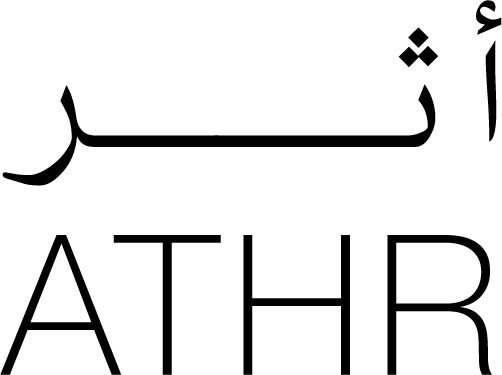Memory is delicate—woven from echoes, fleeting images, and names lost to time. In the Middle East, where history is written and rewritten in the language of rupture, memory is not only fragile but precarious, caught between erasure and resistance. This exhibition brings together artists who navigate the shifting terrain of collective remembrance, loss, and the uncertain ground of identity.
Through fractured archives, spectral traces, and ephemeral gestures, they give form to what has been displaced—stories interrupted, homelands altered, and selves shaped by histories that refuse resolution. Their works are acts of both mourning and resilience, where beauty and fragility intertwine, much like the landscapes they emerge from.
Heritage is often imagined as solid—something preserved, anchored in artefacts and stories. But in a region shaped by war, displacement, and erasure, history does not hold still. It drifts, fractures, and reshapes itself, slipping between presence and absence.
Adel Abidin’s large-scale painting Drift (2025) suggests a broken vessel—a shipwreck caught between ruin and myth, floating aimlessly. Is it Noah’s Ark? A forgotten exile’s boat? A relic of past crossings? The wreck is more than a remnant of destruction; it is a trace of something once purposeful, now adrift in uncertainty. It echoes a wider instability—of land and identity, of histories interrupted and remade.
We Shouted into the Wind (2025) by Rund Alarabi traces the spectral connection between the port cities of Jeddah and Sawakin in Sudan, where history lingers in the coral stones that once crossed the Red Sea. In the 1800s, fragments of Sawakin’s shorelines were carried to Jeddah, shaping the foundations of Al-Balad. As coral crumbles and landscapes dissolve, the film asks: What remains when the material world fades?
Two spirits emerge from this erosion, speaking across time and water, their voices forming a language born from loss and remembrance. Their dialogue is shaped by sound itself—drawn from layered field recordings of Port Sudan, where the pulse of the past hums beneath the present.
Basim Magdy weaves history with a quiet mysticism, where the past feels both distant and strangely intimate. In Someone Tried to Lock Up Time (2023), recognizable artefacts blur into something more elusive—objects stripped of certainty, infused with ambiguity. Time itself becomes fluid, unbound, resisting capture.
The text unfolds like a measure of time—at once philosophical and arbitrary, a sequence of moments linked by memory’s own logic. The images follow suit, drifting between free association and careful construction. In this interplay, Magdy reflects on the mechanics of historicization, tracing the tension between preservation and erasure, between what endures and what fades into obscurity. When the future looks back, history becomes a fragmented narrative, shaped by what is remembered and what is lost.
In Distoration series of sculptures (2011), Ayman Yossri Daydban obsessively folds the Palestinian flag into existence, again and again, shaping it from whatever materials he has at hand. His mirrored flags, arranged in succession, reveal the quiet anatomy of this gesture. The folding veins resemble roots searching for soil, or the shifting lines of a map—boundaries drawn and redrawn, uncertain and unresolved.
Yet these reflections, like the distorted mirrors of a carnival funhouse, do not offer stability. Instead, they fragment, stretching and warping the image of the self, echoing the artist’s own search for a fixed identity. Ayman’s flag is often mistaken for a political emblem, but its meaning is deeply personal. Each fold, each crease, is an imprint of longing—a quiet meditation on identity, displacement, and the fragile act of belonging.
Adel Abidin
Rund Alarabi
Mohammad AlFaraj
Hayfa Algwaiz
Neil Beloufa
Petrit Halilaj
Tamara Kalo
Basim Magdy
Athier Mousawi
Ayman Yossri Daydban



